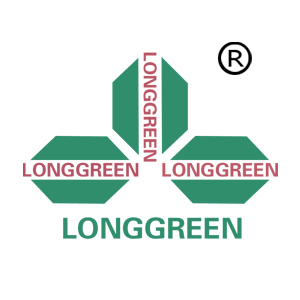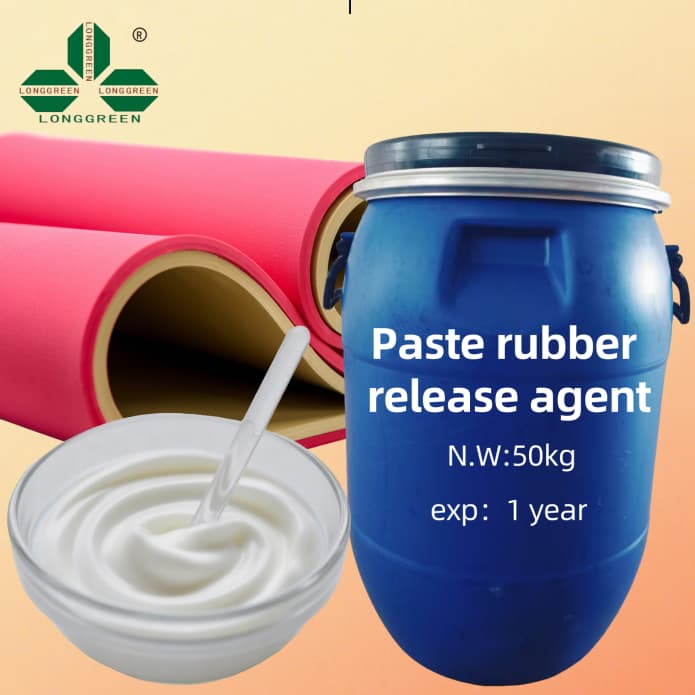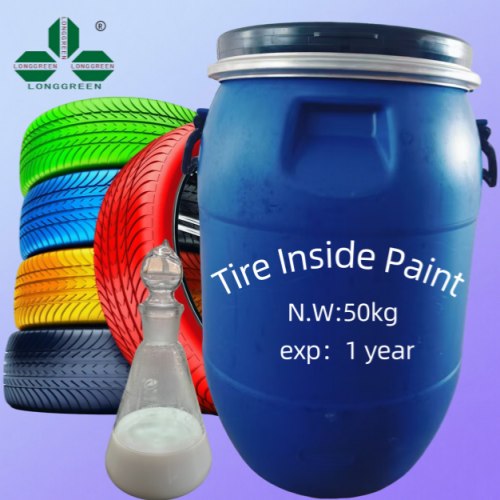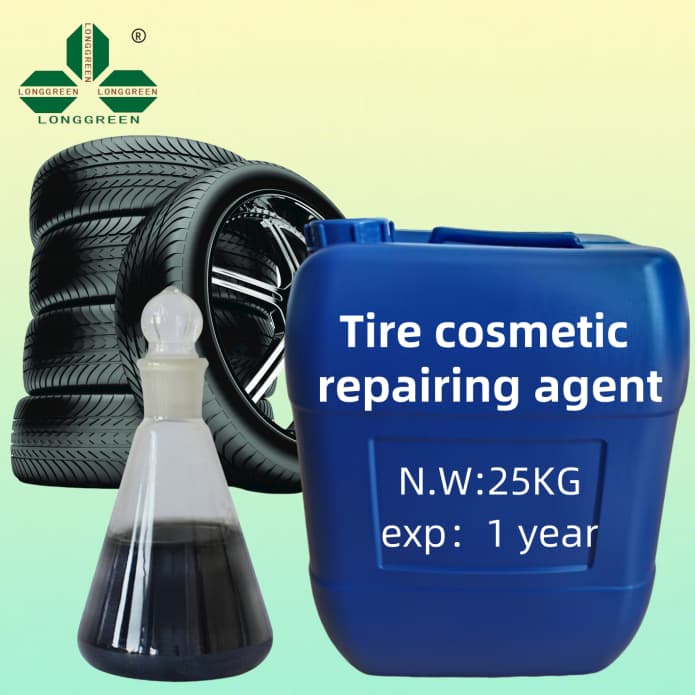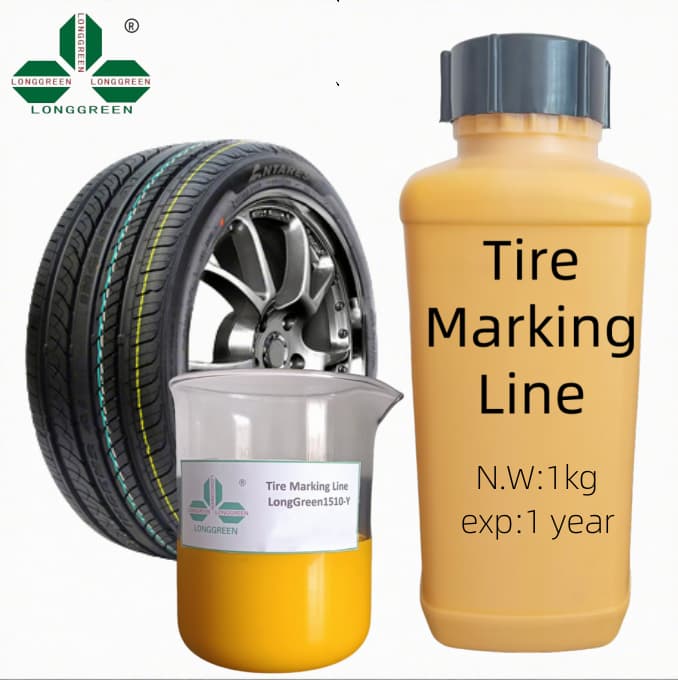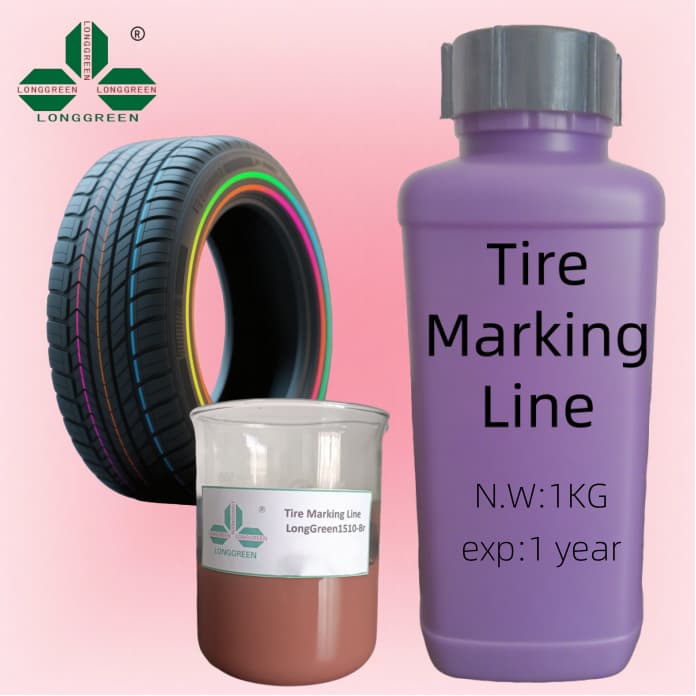The global rubber industry is witnessing unprecedented growth, and at the center of this expansion lies the critical role of Rubber Processing Additives. These specialized compounds have become the backbone of rubber production, enhancing everything from material durability to manufacturing efficiency. As industries ranging from automotive to healthcare demand higher-performance rubber products, these additives are emerging as essential components in meeting these evolving needs. With a projected market growth rate of 5.8% annually until 2030, the significance of Rubber Processing Additives in modern manufacturing cannot be overstated.
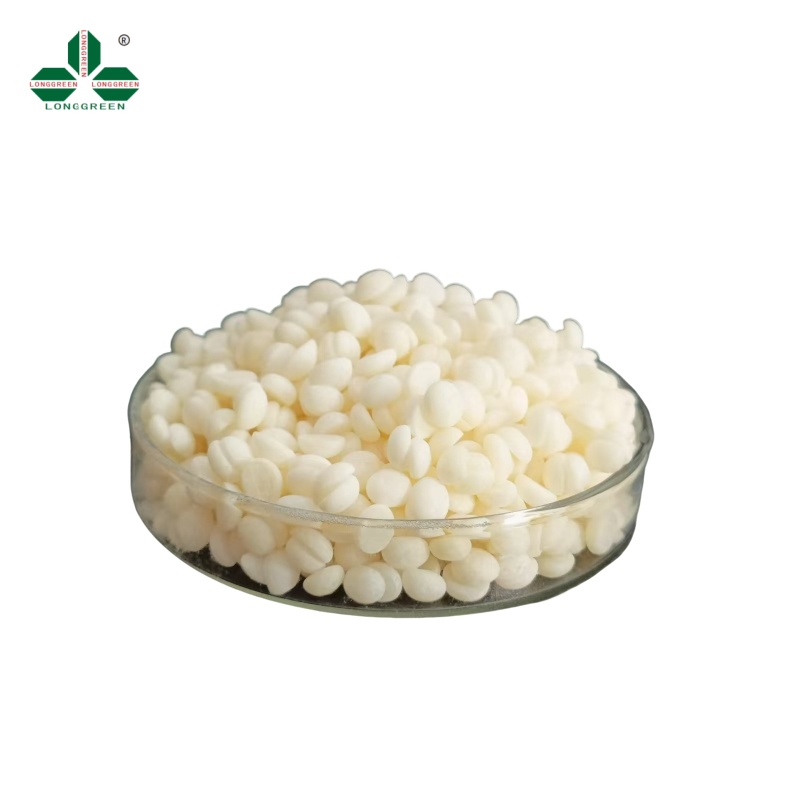
Market Dynamics and Regional Expansion
The market for Rubber Processing Additives is experiencing robust growth, driven by increasing rubber consumption across key sectors. Asia-Pacific dominates the global market, accounting for 52% of total usage, with China alone contributing 31% of global demand. This regional leadership stems from the region’s thriving automotive and construction industries, which rely heavily on high-quality rubber products enhanced by these additives.
In Europe, strict environmental regulations have spurred innovation in eco-friendly variants. Manufacturers in the region are focusing on developing low-emission options that meet the EU’s stringent sustainability standards. Meanwhile, North America’s market is growing steadily, fueled by advancements in aerospace and medical rubber applications that require specialized Rubber Processing Additives to meet strict performance criteria.
Latin America and the Middle East are emerging markets for these additives, with growing infrastructure projects and automotive production driving demand. Local manufacturers are increasingly partnering with global suppliers to access advanced technologies, creating new opportunities for market expansion.
Technological Innovations in Rubber Processing Additives
Recent years have seen significant technological advancements in these additives, with manufacturers prioritizing multi-functionality and sustainability. One notable breakthrough is the development of nano-based Rubber Processing Additives, which improve rubber’s mechanical properties at a molecular level. These advanced variants enhance tensile strength by up to 20% while reducing production time by 15%, making them highly valuable in high-volume manufacturing.
Another key innovation is the introduction of self-healing additives, which enable rubber products to repair minor damages automatically. This technology has proven particularly useful in automotive tires and industrial seals, extending product lifespans by an average of 30%. Additionally, smart Rubber Processing Additives that respond to temperature changes are revolutionizing the production of rubber components used in extreme environments, such as oil drilling equipment and aerospace applications.
Sustainability-focused innovations in these additives are also gaining traction. Bio-based options derived from agricultural waste are now being used in 18% of natural rubber production, reducing reliance on petroleum-based chemicals. These eco-friendly variants not only lower carbon footprints but also maintain or improve rubber performance metrics.
Applications Across Diverse Industries
Rubber Processing Additives find applications in a wide range of industries, each with unique requirements. The automotive sector remains the largest consumer, utilizing these compounds in tires, hoses, gaskets, and seals. In tire manufacturing, specific additives improve traction, reduce rolling resistance, and enhance heat resistance—critical factors for electric vehicles that generate more heat than traditional models.
The construction industry relies on these additives to produce weather-resistant seals, vibration-dampening materials, and durable roofing membranes. Variants that improve UV resistance and flexibility have become standard in these applications, extending the lifespan of construction materials by up to 50% in harsh climates.
Healthcare is another sector benefiting from advanced Rubber Processing Additives. Medical-grade rubber products, such as gloves and surgical tubing, use specialized variants that ensure biocompatibility, chemical resistance, and ease of sterilization. These compounds must meet rigorous regulatory standards, including FDA and CE certifications.
Consumer goods manufacturers use these additives to enhance the performance of products like footwear, sports equipment, and household appliances. In footwear, they improve flexibility and water resistance, while in appliances, they provide heat resistance and electrical insulation—all made possible by carefully formulated Rubber Processing Additives.
Environmental Regulations and Sustainability
Increasing environmental concerns have led to stricter regulations governing these additives. The European Union’s REACH regulation has restricted the use of certain chemical compounds in them, prompting manufacturers to develop safer alternatives. Similarly, China’s new environmental protection laws require these additives to meet specific emission standards during production and use.
These regulations have accelerated the development of sustainable Rubber Processing Additives. Manufacturers are now focusing on cradle-to-cradle designs, creating variants that can be recycled or biodegraded at the end of a product’s lifecycle. Additionally, carbon-neutral production processes for these additives are being implemented, with several major manufacturers achieving 100% renewable energy usage in their production facilities.
The circular economy concept is also influencing their development. New additives that facilitate rubber recycling by breaking down cross-linked polymers are being tested, potentially increasing rubber recycling rates from the current 15% to over 40% in the next decade. These innovative variants could significantly reduce waste in the rubber industry.
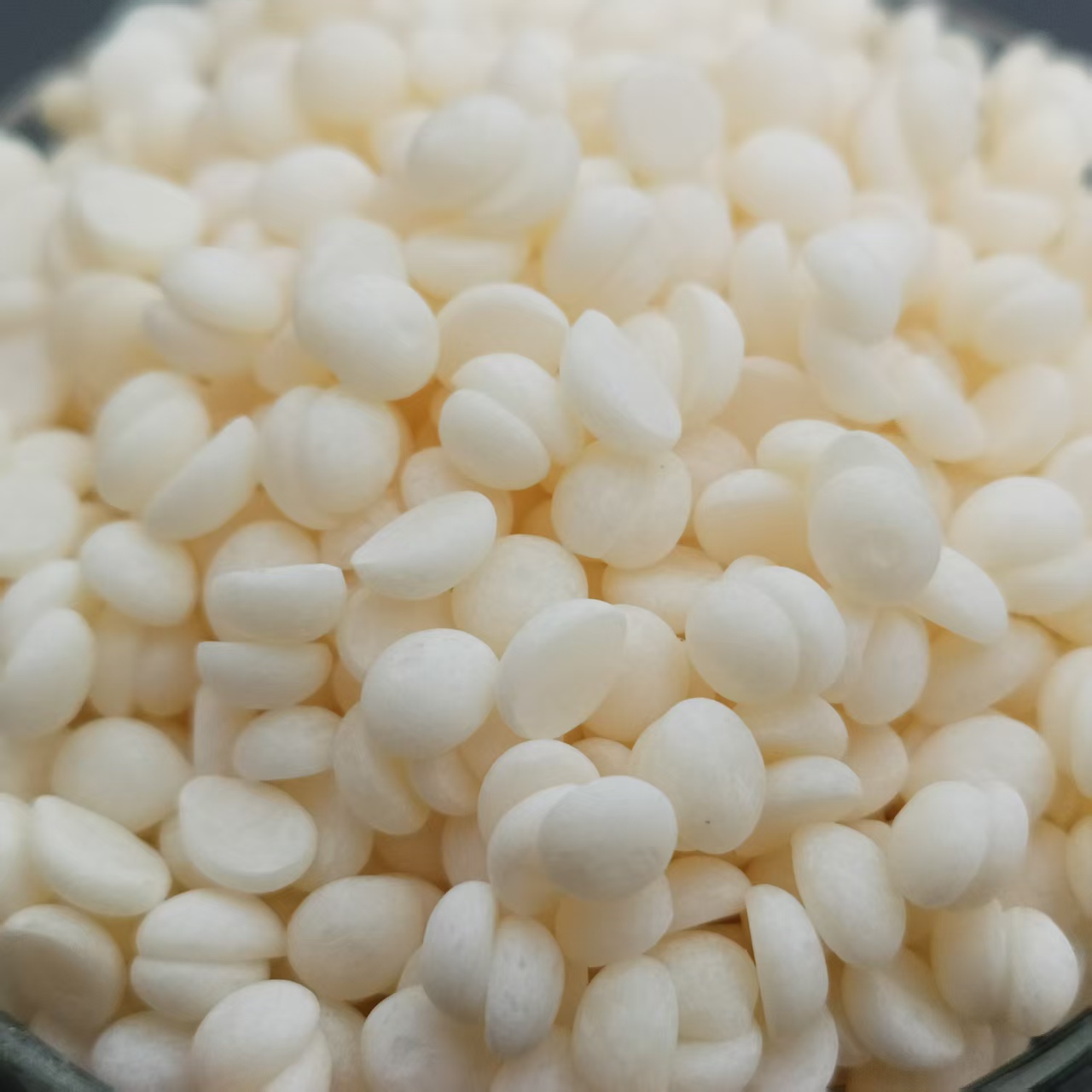
Key Market Players and Competitive Landscape
The global market for Rubber Processing Additives is highly competitive, with several key players dominating the industry. Companies like Lanxess, Evonik, and Eastman Chemical control approximately 60% of the global market share, thanks to their extensive research and development capabilities. These industry leaders invest heavily in developing new variants, with annual R&D budgets exceeding $200 million collectively.
Regional players are also making strides, particularly in Asia, where manufacturers like Sinopec and Sumitomo Chemical are expanding their portfolios. These companies often focus on cost-effective solutions tailored to local market needs, challenging the dominance of global giants in certain segments.
Partnerships and collaborations are common in this industry. Recent examples include a joint venture between a European additive manufacturer and a Southeast Asian rubber producer to develop region-specific variants, and a collaboration between a tech company and additive supplier to create AI-optimized formulations.
Future Trends and Market Projections
The future of Rubber Processing Additives looks promising, with several trends shaping the industry. The growing demand for electric vehicles is expected to drive a 40% increase in specialized tire additives by 2030. These variants will need to address unique EV requirements, such as reduced noise and increased durability.
Another emerging trend is the integration of nanotechnology into these additives, which could lead to rubber products with unprecedented properties, including self-cleaning surfaces and enhanced conductivity. Additionally, the development of formulations tailored for 3D-printed rubber components is opening new applications in custom manufacturing.
Market projections suggest that the global market will reach 5.1 billion in 2023. Asia-Pacific is expected to maintain its leadership position, with a projected market share of 55% by the end of the decade. The bio-based segment is anticipated to grow the fastest, at a CAGR of 7.2%, as sustainability becomes increasingly important to manufacturers and consumers alike. Conclusion
Rubber Processing Additives play a pivotal role in the global rubber industry, enabling the production of high-performance, durable, and sustainable rubber products. As technology advances and environmental regulations become stricter, the development of innovative variants will continue to drive industry growth and transformation. From enhancing automotive safety to enabling medical breakthroughs, these additives are integral to modern manufacturing across diverse sectors.
The coming years will see further innovations in these compounds, with a strong focus on sustainability, functionality, and customization. As manufacturers and researchers continue to push the boundaries of what’s possible, Rubber Processing Additives will undoubtedly remain at the forefront of the rubber industry’s evolution, shaping its future for decades to come.


